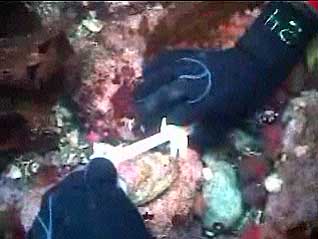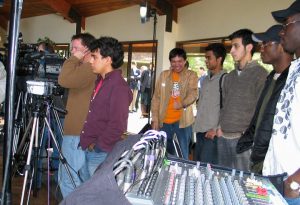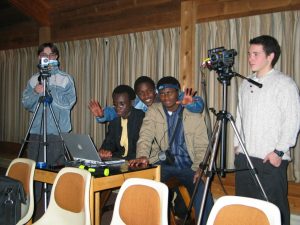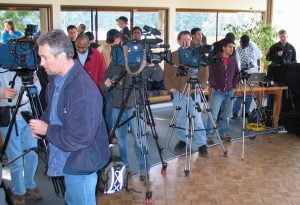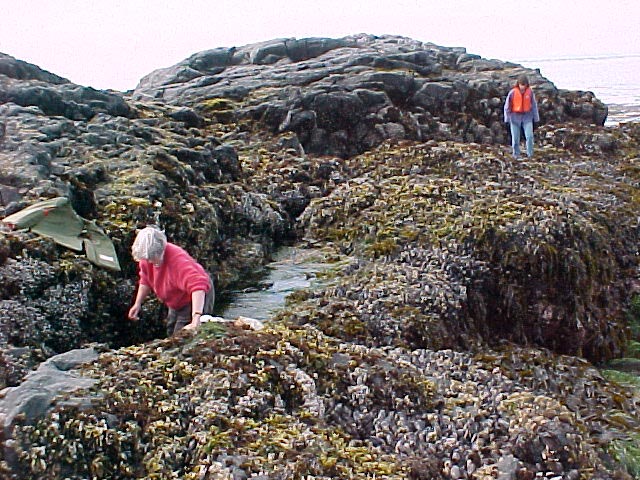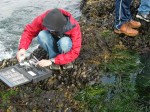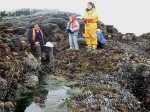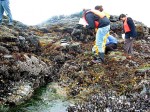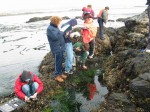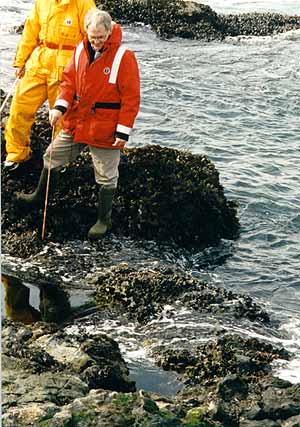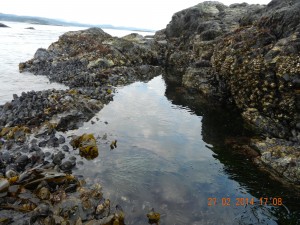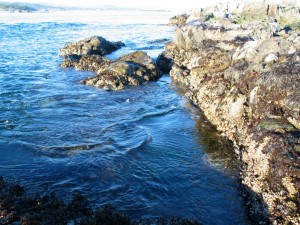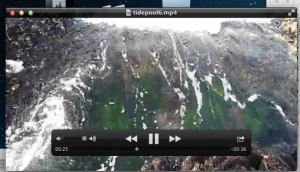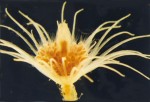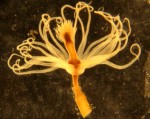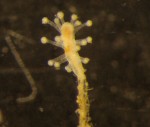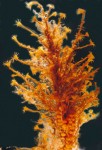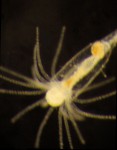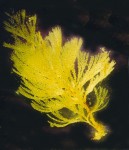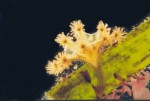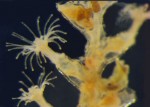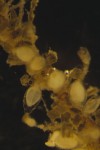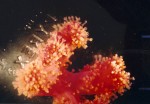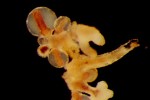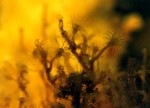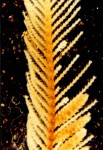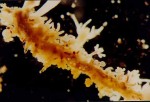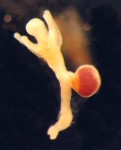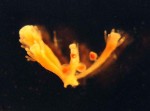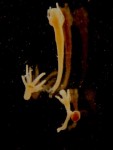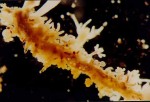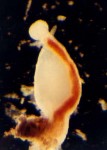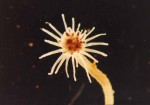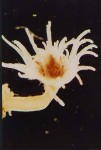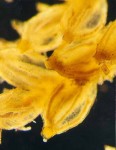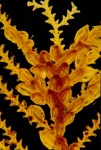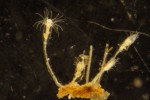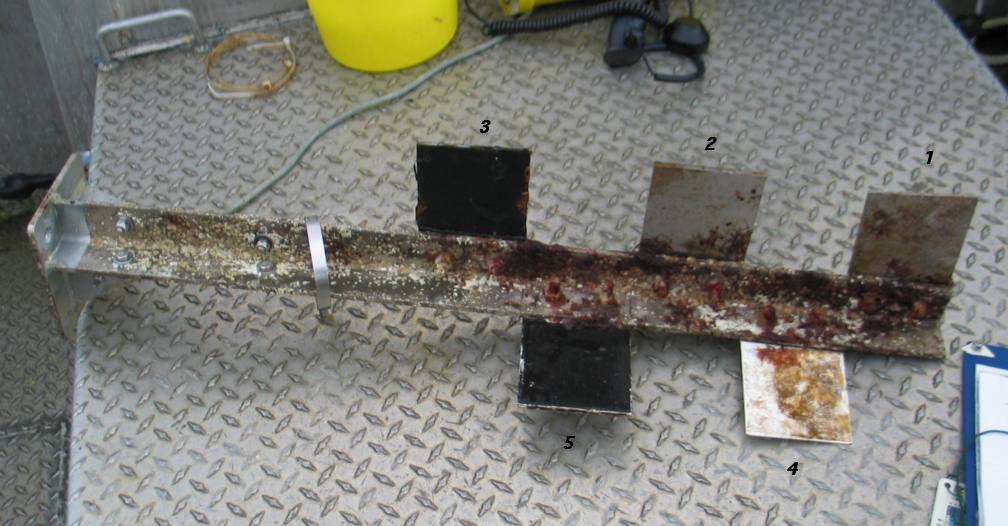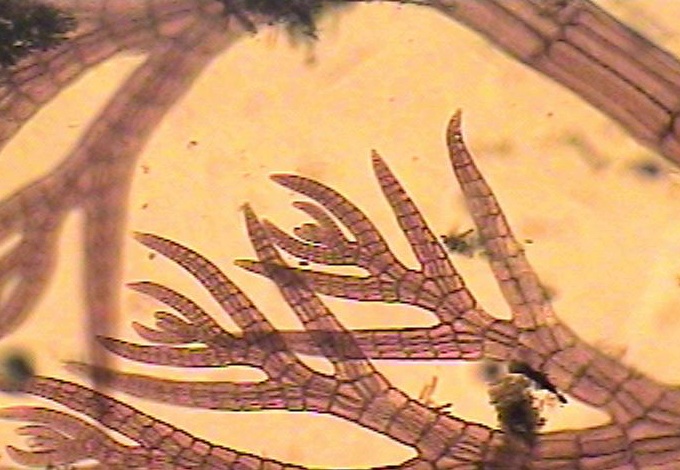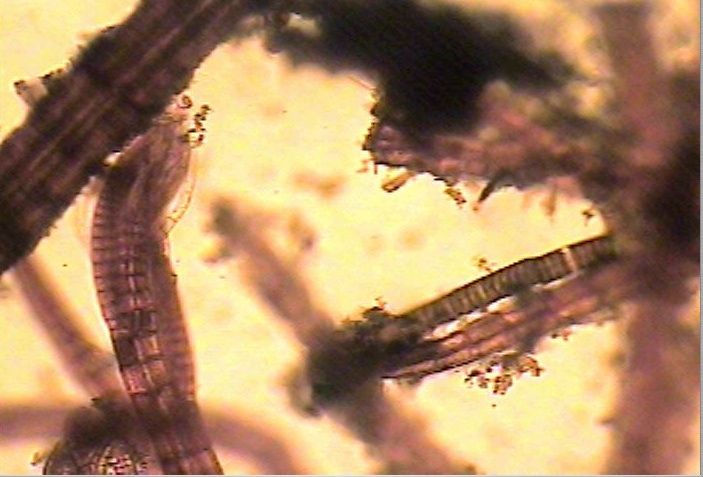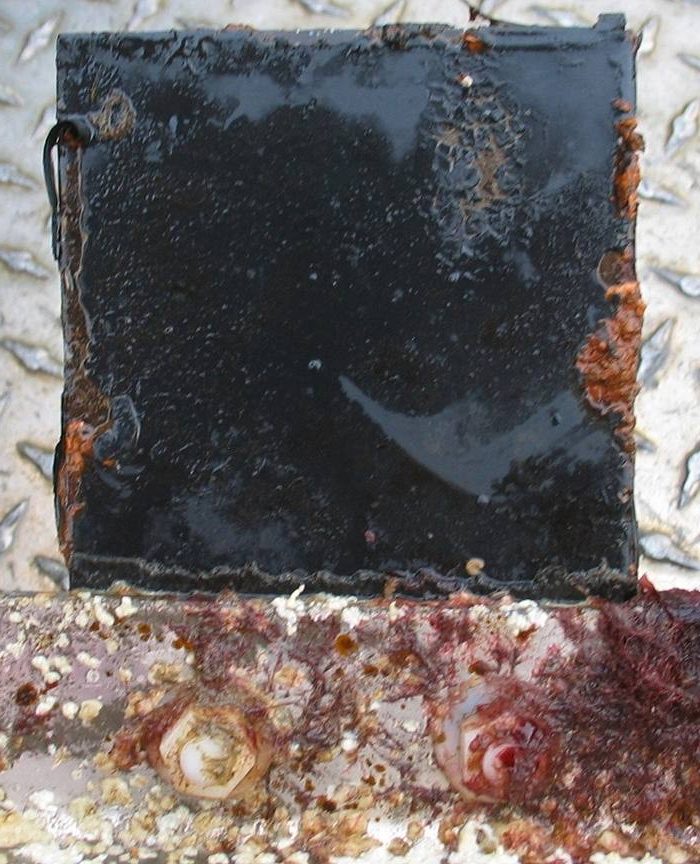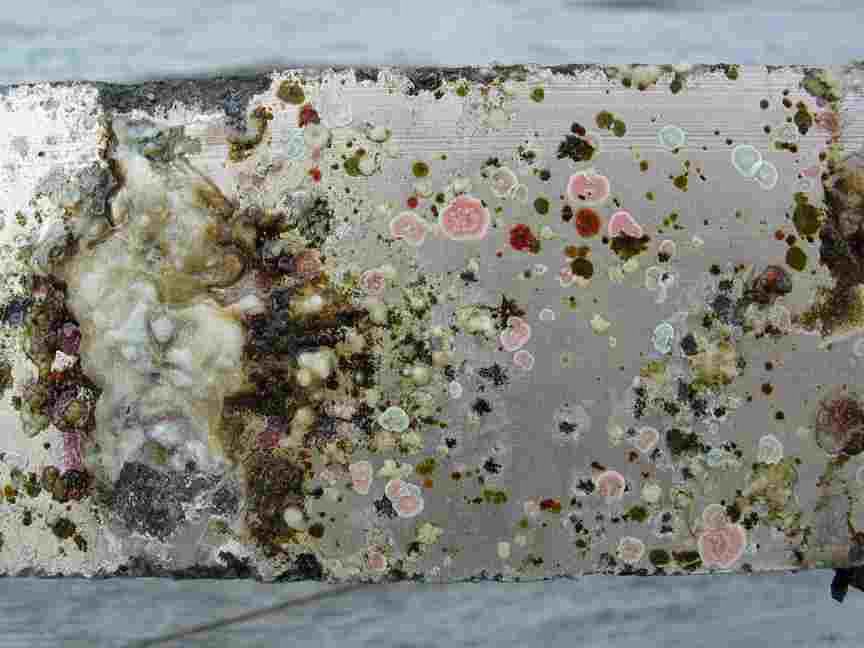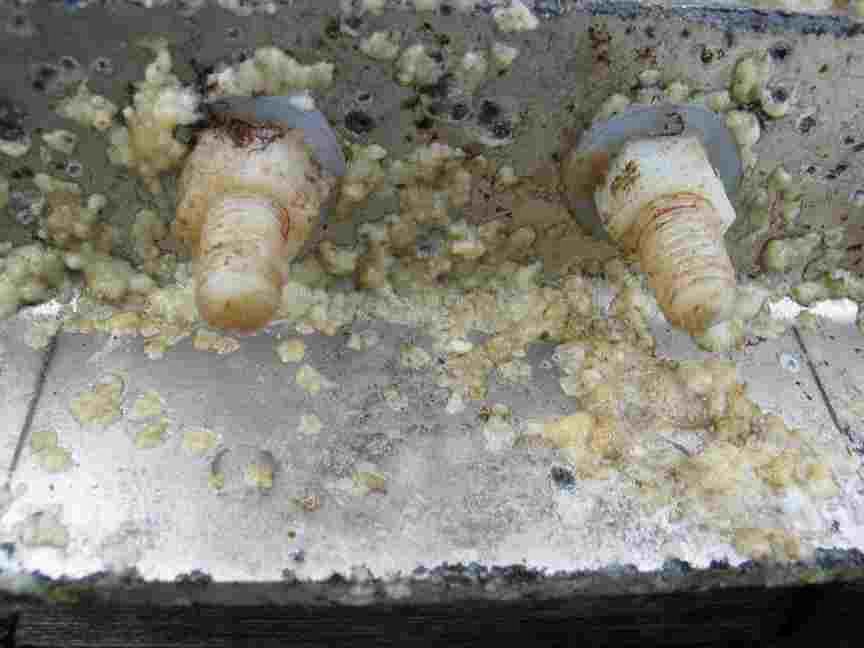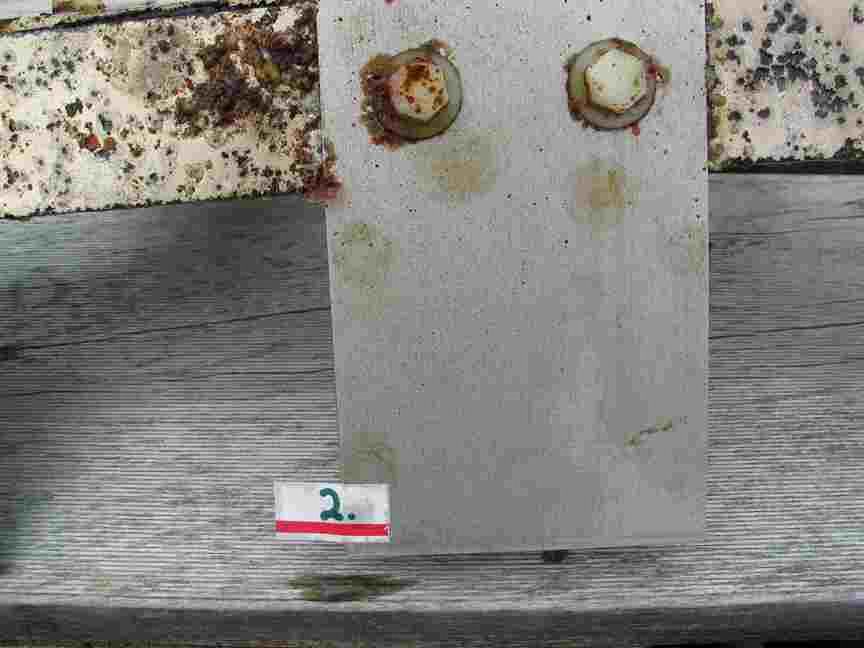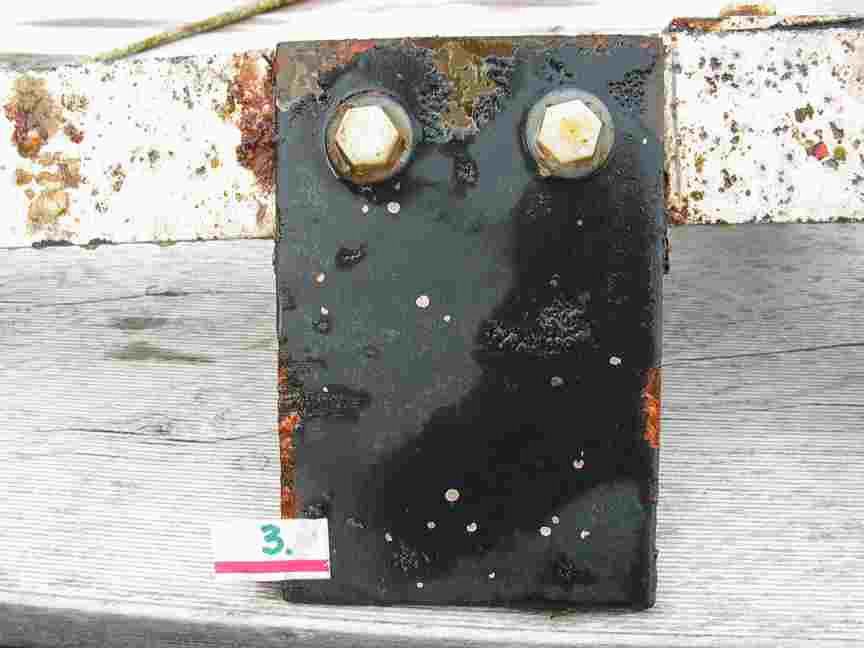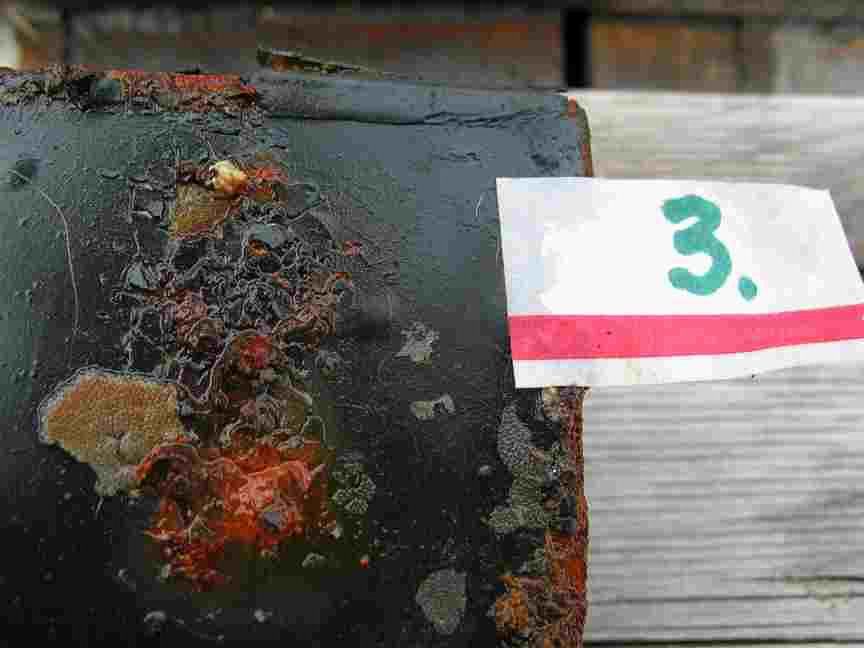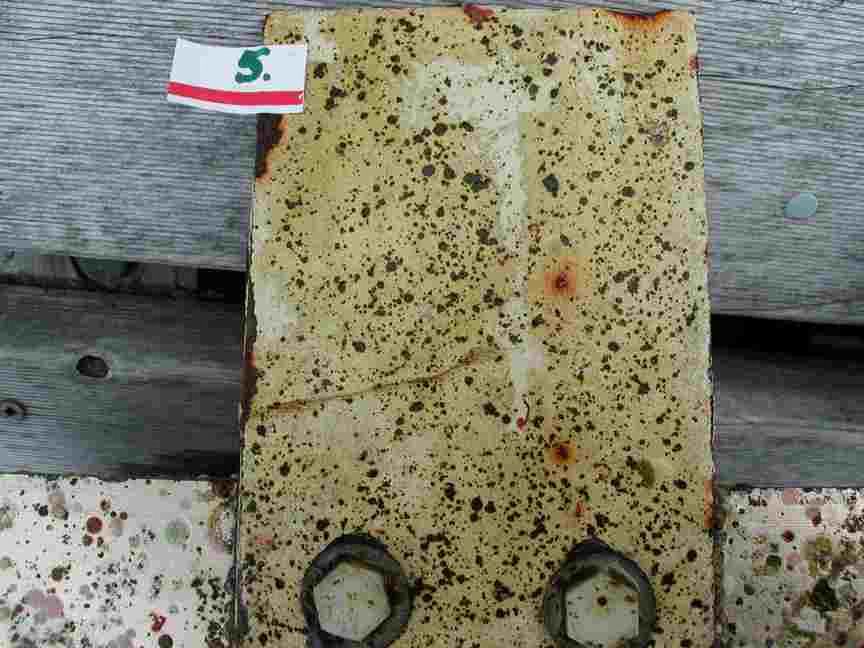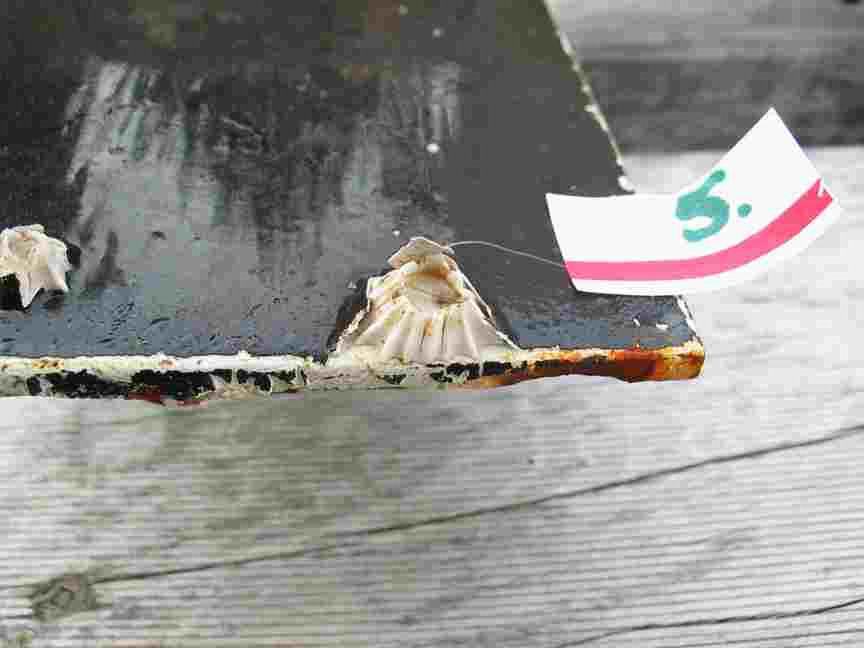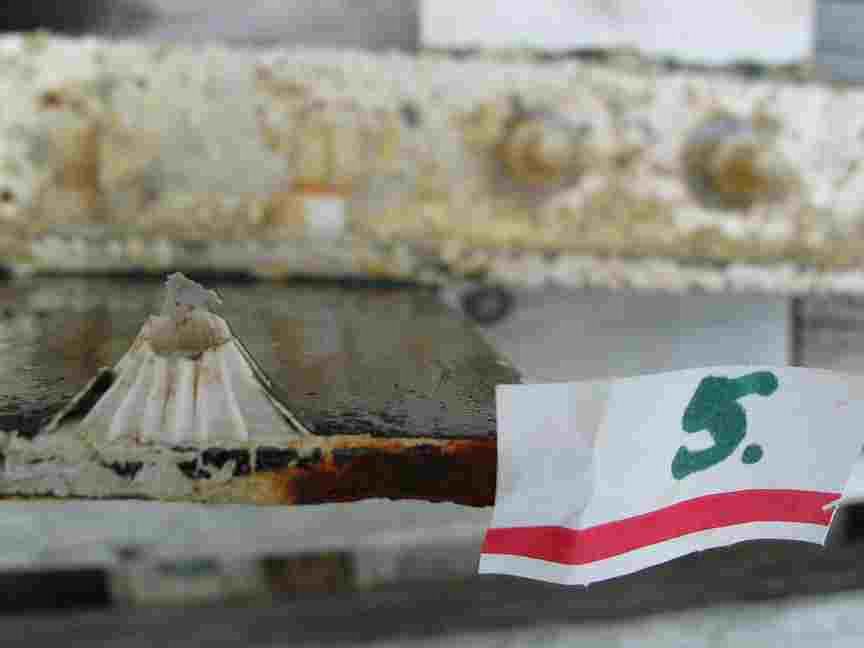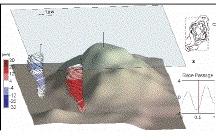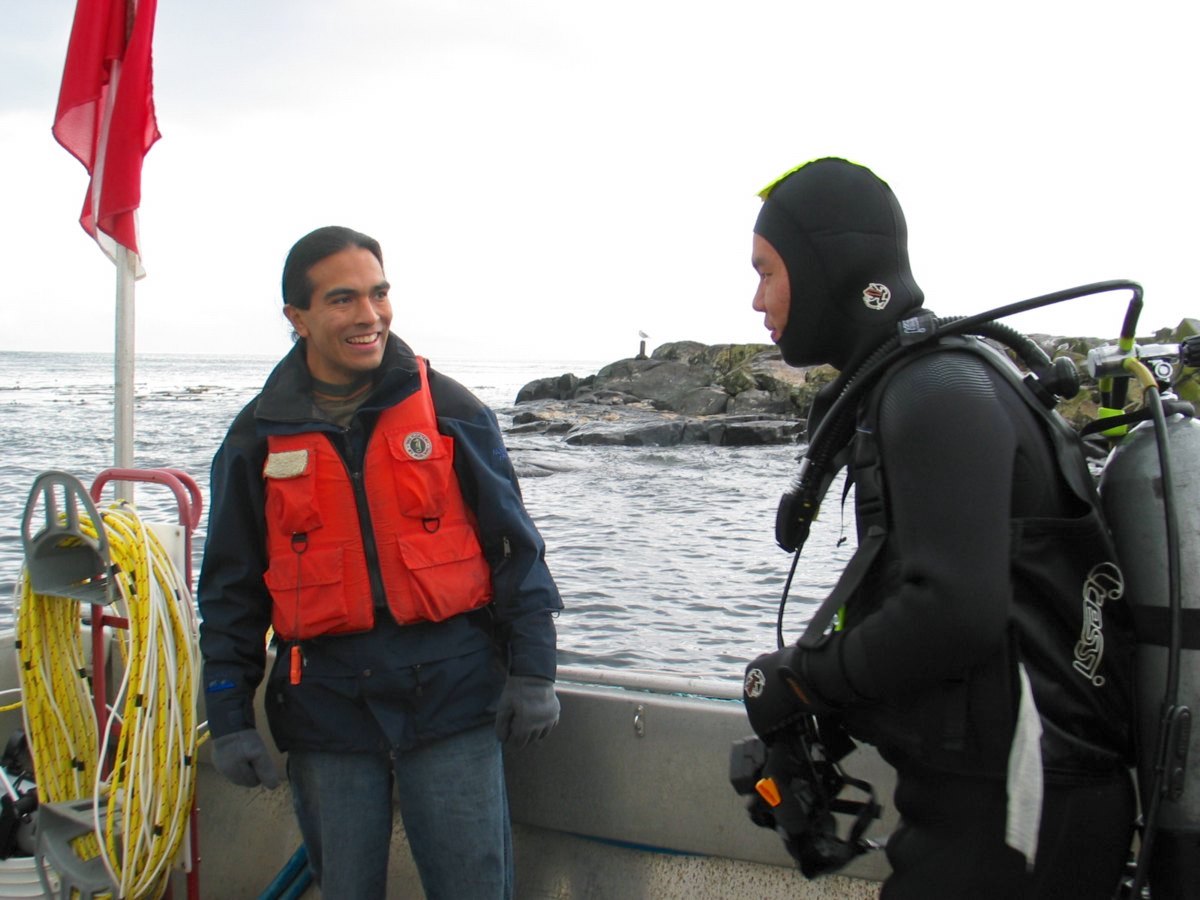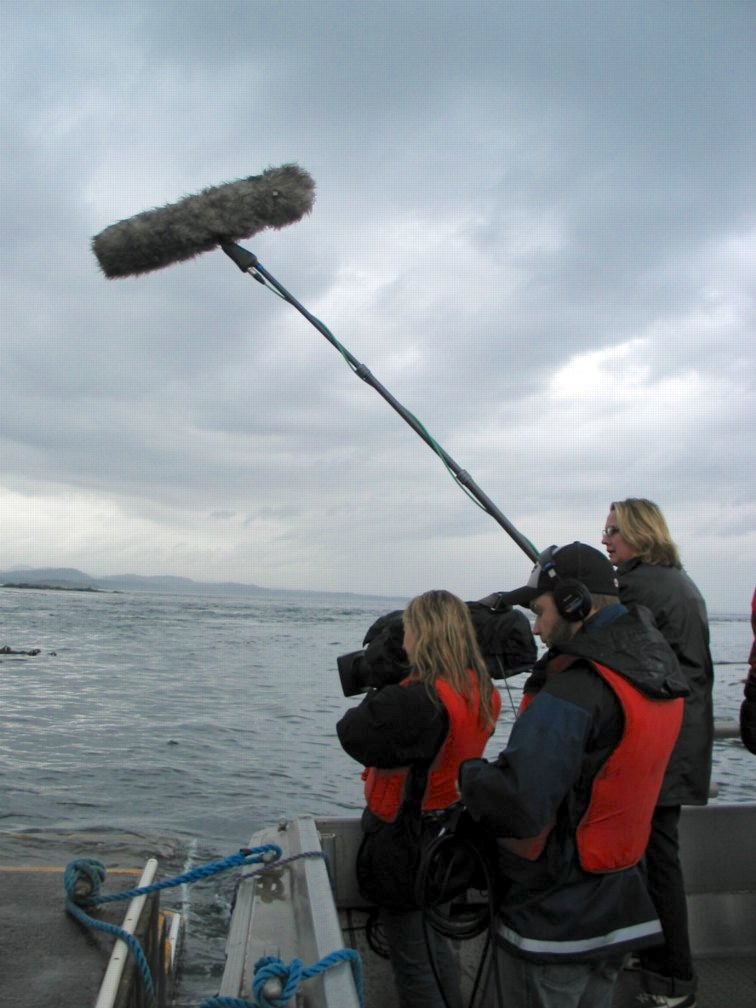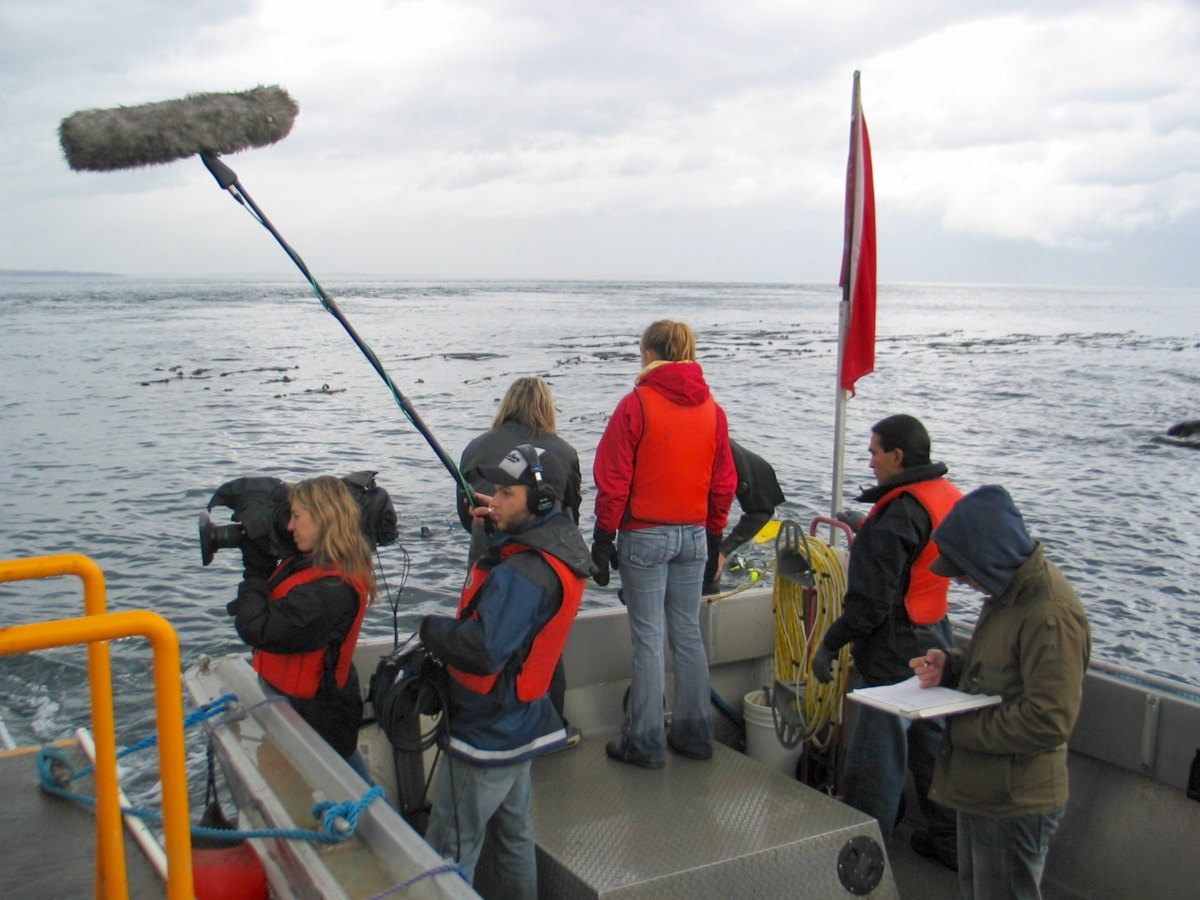1.Seawater Temperature and Salinity in the Strait of Juan de Fuca
2. Air /precipitation Physical Data
5. Doing statistics on Wind at Race Rocks
6. Doing statistics on Wind and Barometric Pressure correlations.
7. Statistics Lab on Mollusc measurements
10. Black OysterCatcher predation
11. Wind and Barometric Pressure correlations
| Purpose: To transfer data from an EXCEL spreadsheet, (or equivalent program in other software) presented on the racerocks.com website to your own computer in order to be able to graph trends and analyze relationships. |
|||||
| Procedure :1. Open a blank workbook in EXCEL on your computer. Next open one of the files saved from EXCEL below and then with your cursor highlight the columns that you want to transfer to your open EXCEL workbook, and press COPY. ( If your computer is low on memory, you may have to close the web page before opening the EXCEL application.)
2. Copy and Paste the data from the web page directly into your blank EXCEL workbook. 3. You now have our original data on your machine and you can proceed to do any one of the many manipulations possible in the EXCEL program. You can also copy and paste in other month’s data in order to get a larger data set . 4. If you come up with a way of analyzing the data which is particularly creative, we would be interested in attaching it on racerocks.com. Just e-mail it as an attachment . e-mail: Garry Fletcher 5. You are welcome to use this data for educational purposes, you are just asked to reference the source as: |
|||||

